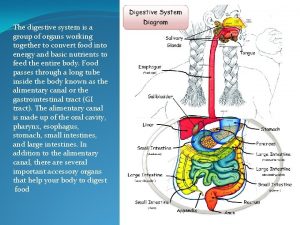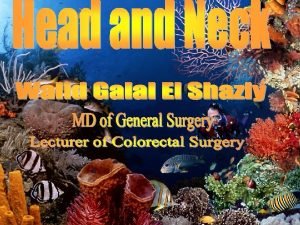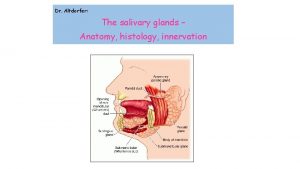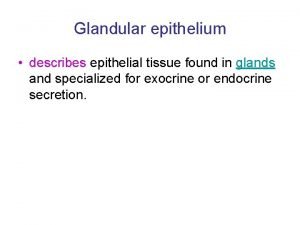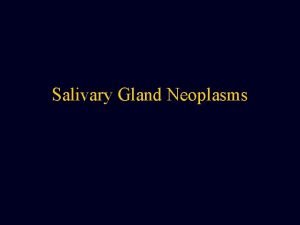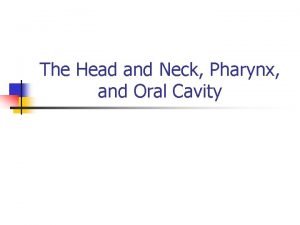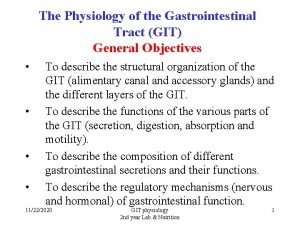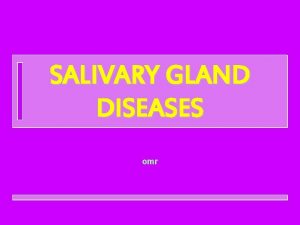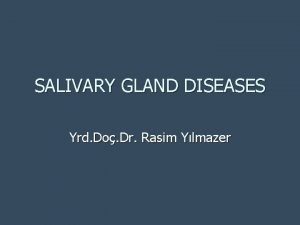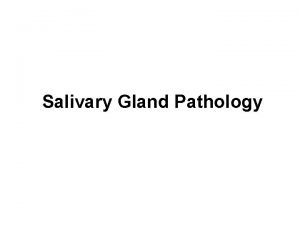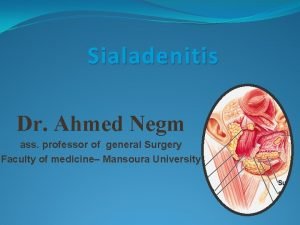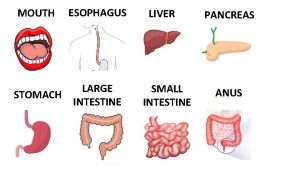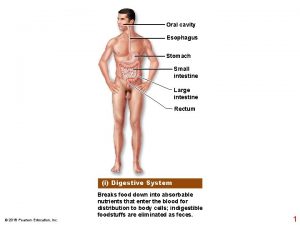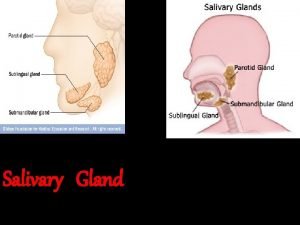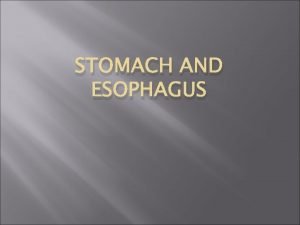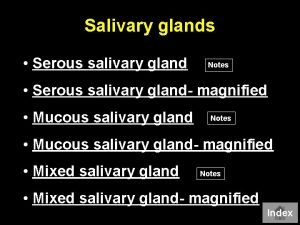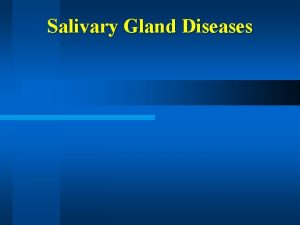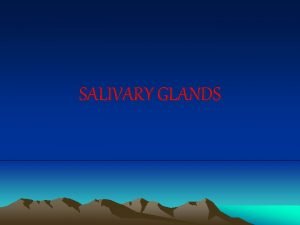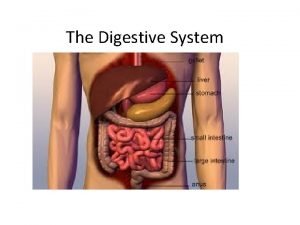Teethmouth Salivary gland Esophagus Liver Stomach Small Intestine










- Slides: 10

Teeth/mouth Salivary gland Esophagus Liver Stomach Small Intestine Pancreas Large Intestine Rectum Appendix Anus

Digestion • Digestion – is the mechanical and chemical breakdown of food into smaller components that are more easily absorbed into a blood stream • Mechanical digestion – physical breakdown of chunks of food into smaller pieces by organs of the digestive system. This type of digestion takes place mainly in the mouth and stomach. • Chemical digestion – chemical breakdown of large, complex food molecules into smaller, simpler nutrient molecules that can be absorbed by the blood. This type of digestion begins in the mouth and stomach but occurs mainly in the small intestine.

Digestion • Mouth • The mouth is the first digestive organ that food enters. The sight, smell, or taste of food stimulates the release of digestive enzymes by salivary glands inside the mouth. • The major salivary enzyme is amylase. It begins the chemical digestion of carbohydrates by breaking down starch into sugar. • The mouth also begins the process of mechanical digestion. Sharp teeth in the front of the mouth cut or tear food when you bite into it. Broad teeth in the back of the mouth grind food when you chew.

Digestion • Esophagus • From the pharynx, the food moves into the esophagus. • The esophagus is a long, narrow tube that passes food from the pharynx to the stomach by peristalsis. The esophagus has no other digestive functions. • Peristalsis • Rapid, involuntary, wave-like contraction of muscles that pushes food through the GI tract

Digestion • Peristalsis:

Digestion • Stomach • The stomach is a sac-like organ in which food is further digested both mechanically and chemically. • Churning movements of the stomach’s thick, muscular walls complete the mechanical breakdown of food. • The churning movements also mix food with digestive fluids secreted by the stomach. One of these fluids is hydrochloric acid.

Digestion • Small intestine • The small intestine is a narrow tube about 7 meters (23 feet) long in adults. • It is the site of most chemical digestion and virtually all absorption. • Absorption • Process in which substances such as nutrients pass into the blood stream

Digestion • Large Intestine • The large intestine is a relatively wide tube that connects the small intestine with the anus. • This is the site of waste accumulation, after the food passes through the small intestine it enters the large intestine. • Excess water is absorbed, the remaining solid waste are called feces, and are expelled from the body.

Digestion • Rectum • Feces accumulate in the rectum • As the rectum fills, the feces become compacted. After a certain amount of feces accumulate, they are eliminated from the body through the anus.

Digestion • Digestion video
